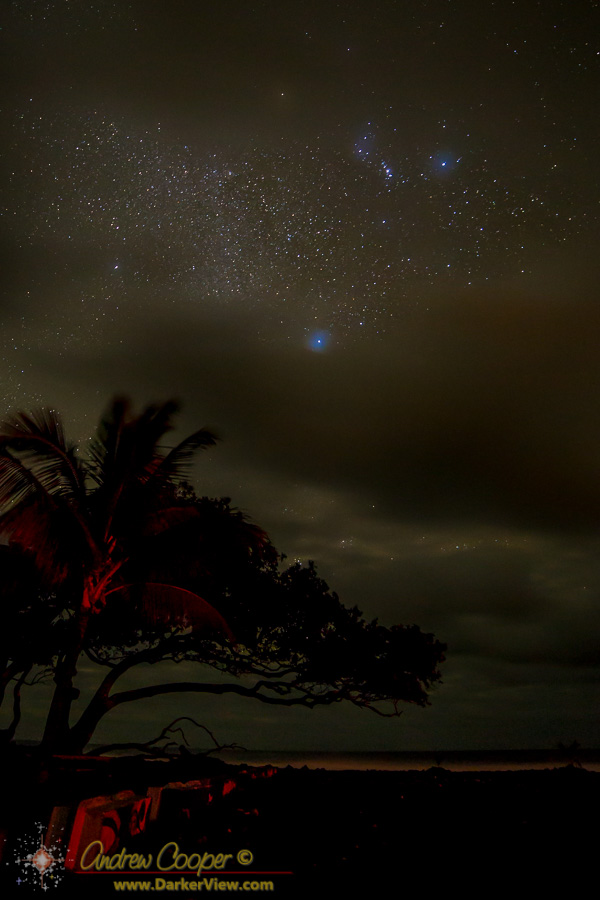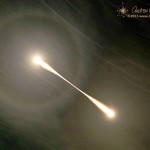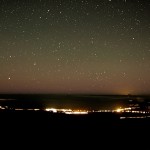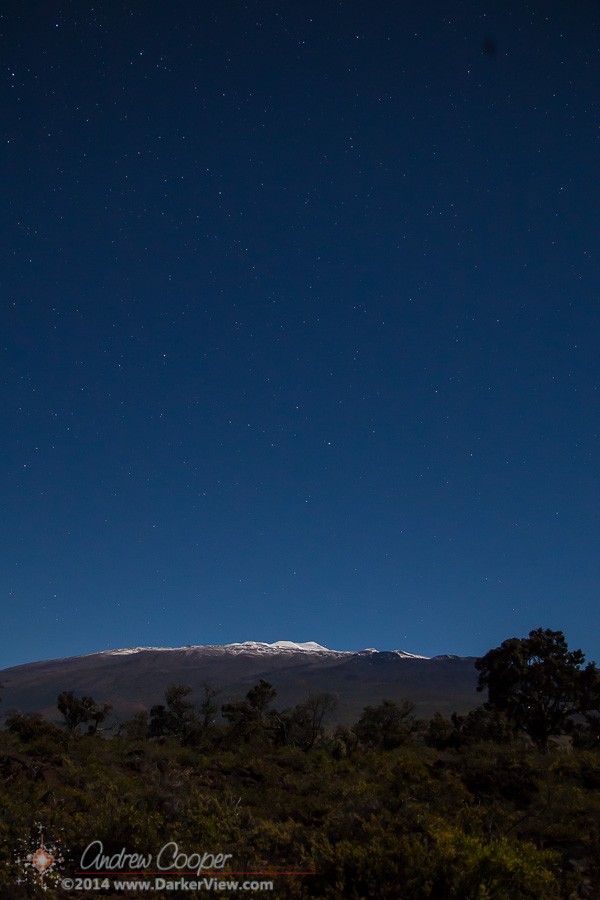
Tag: starscape
The New Keck 2 Laser
MIlky Way Arching over Hualālai
My first attempt at a proper Milky Way arch photograph. Not easy to stitch properly, but worth the effort! Click on the image for a file size large enough to properly enjoy…

Hawaiian Heavens
You might recall a post from back in May describing a night spent on the summit with Jason Chu. He has been accumulating time lapse material for a significant project, capturing the telescopes of Mauna Kea under the beauty of the night sky.
Jason has published a preview of the work. Nice to see it come to life with a decent soundtrack and good editing…
A Very Short Eclipse
We have been lucky in the islands lately when it comes to total lunar eclipses. A series of total eclipses have been visible from start to end from our vantage point in the middle of the Pacific. There is an average of one eclipse visible per year from any given place, but that is an average, you can go several years without an opportunity. Both 2012 and 2014 have given us two good eclipses and 2015 provides one.

On Friday I did a quick interview with a reporter from the West Hawaii, Today, our local newspaper. He was looking for a little more information on the eclipse and a somewhat more local angle than a wire article on this eclipse. I chatted for a while, and got written up in the article…
Mauna Kea Starscape
With all of the emotion being expressed over telescopes on the mountain this week, just a reminder of why Mauna Kea is the perfect place from which to look to the heavens…

Mauna Kea Snow Under Moonlight
Working Late Again
When most folks work late at the office it is a boring evening at a desk staring at a computer. I may have stared at a computer a bit, but it was hardly a boring evening.

Waiting for darkness had it’s advantages, an opportunity to do a little photography. In addition to the usual tool bag and lunch I took my camera gear with me.
With Sniffen on the roof while I watched the frames on the computer, I called the corrections up to him on the radio. It is tricky work to focus a fast lens, made worse by the need to do it remotely. We had to wait for each 30 second exposure, painfully slow. I hesitated to ask Sniffen to sit much longer out in the cold, but he was game and ready to assist. His tiny adjustments were deftly made, I watched as the lens moved through focus.

After leaving Keck I took my time wandering down the mountain. I stopped at IRTF for a set of panorama shots. One of the first things I noted was the lack of airglow. Last time I shot from the summit the airglow was intense. Despite using the same camera and lens, with the same settings, the bright red glow was missing. Only a pale green near the horizon to be seen in the shots.
On a whim, I drove out to the VLBA antenna for a set of shots. This radio telescope was something different than the usual telescope shots I take. I walked around the dish until I could position the summer Milky Way beside the antenna. As the VLBA is a radio telescope there was no issue in using a little light from my flashlight to paint the dish and illuminate it for the photo.
I arrived home just before midnight, tired from a full day on the summit. The photos will wait for another day for processing.
Milky Way over VLBA
Mauna Kea Summit Panorama

It may look small, but this image is anything but small, click on it to find out. The panorama is assembled from seven frames, with final dimensions of over 12,000 x 2,000 pixels. The version posted here is a bit smaller, only 4,000 pixels wide. While it is a big image it does not really come close to the effect of actually standing there beside the camera. Also missing from the photo? The biting cold wind.
The image includes ten telescopes, two planets, two galaxies, two meteors, four volcanoes, and innumerable stars.



